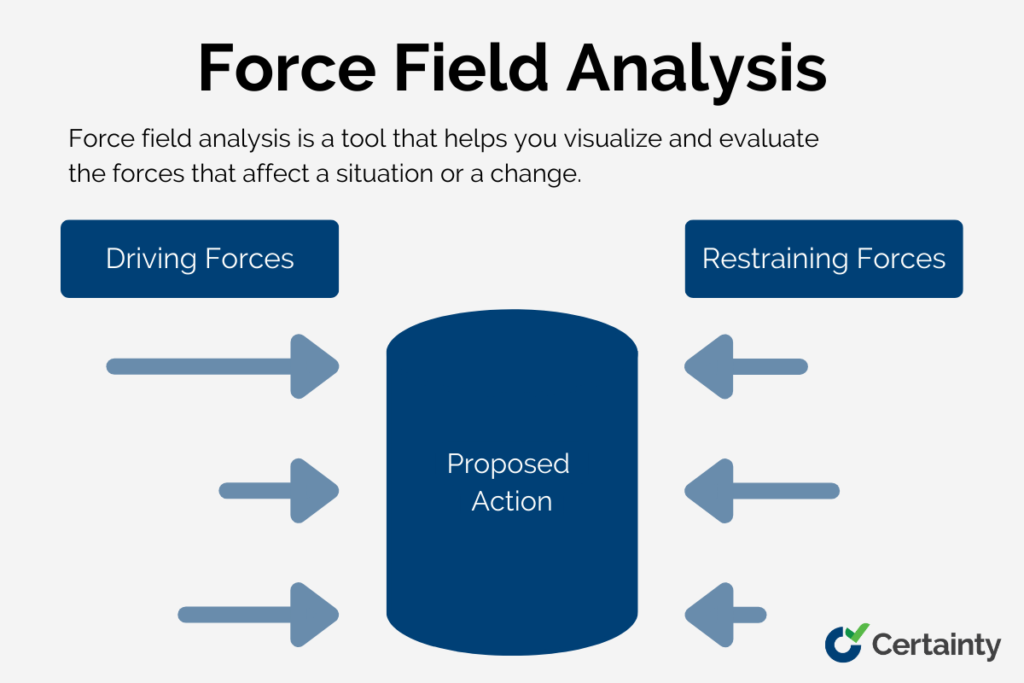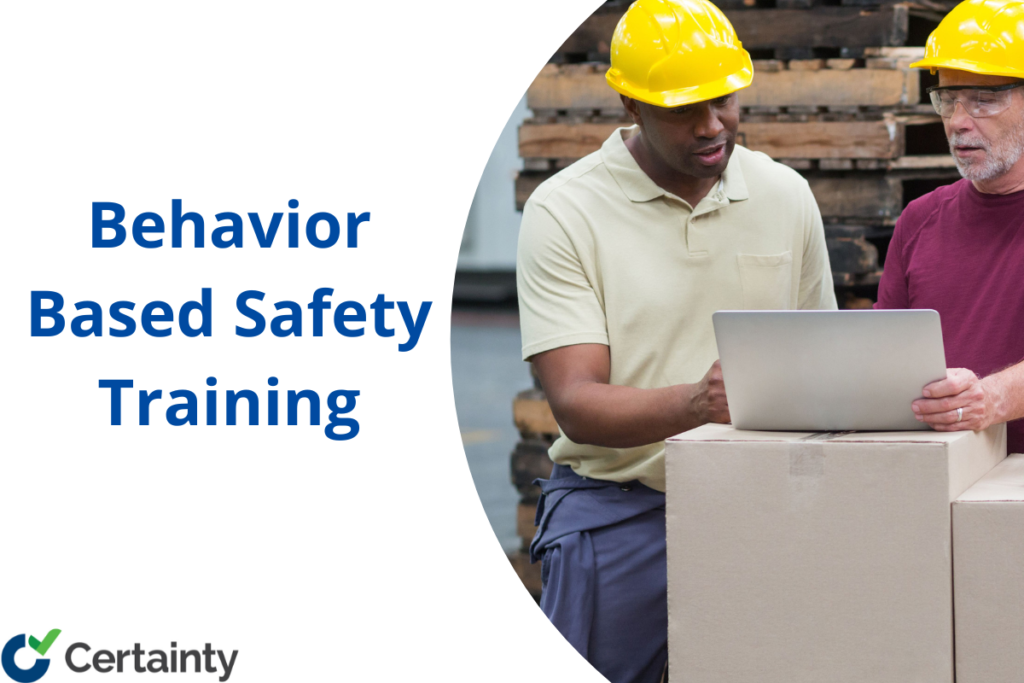TRIR is a key safety metric that measures the frequency of workplace incidents and injuries. Improving your TRIR score can help you reduce costs, enhance reputation, and promote a positive safety culture. Learn more about TRIR and how to calculate it in this blog post. […]
Safety Management

How to Use Key Risk Indicators to Manage Risks and Improve Performance
Risk is inevitable in any business, but it can also be a source of opportunity and competitive advantage. You may have tried to use traditional risk management approaches, where each business unit leader is responsible for managing risks within their area of responsibility. Discover how to mitigate risk with Key Risk Indicators. […]

ISO 19011: A Comprehensive Guide to Quality Management Auditing
ISO 19011 is a guidance document that helps organizations to audit their management systems and improve their performance and credibility. In this blog post, you will learn what ISO 19011 is, how it relates to other ISO standards, and how to implement it successfully with best practices and tips. […]

Understanding Workplace Near Miss Events: Types and Prevention Strategies
Near miss events are situations where an accident or injury was narrowly avoided, but could have happened under slightly different circumstances. They are also known as close calls, near hits, or near accidents. Near miss events are common in the work environment. These events can occur in any setting or industry, but they are often underreported or ignored. However, near miss events can provide valuable insights into potential hazards and risks that exist in the workplace, and how to prevent them. […]

How to Use Force Field Analysis to Manage Change and Improve Performance
Force field analysis is a change management tool that helps you analyze the factors that support or oppose a proposed change. It was developed by Kurt Lewin, a social psychologist who introduced the field theory and the theory of change. In this blog post, we will explain what force field analysis is, how it works, and how you can use it to make better decisions. You will learn how to define the current and desired states of a situation, identify and score the driving and restraining forces, draw a force field analysis diagram, and develop an action plan based on the results. […]

Certainty and AI: Implementing AI in Certainty to Reduce Risk, Improve Performance, and Fuel Innovation and Growth
In this blog post, we will share the benefits of implementing AI in Certainty to enhance our product features and benefits for our customers. We will also explain some tips to best prepare your AI implementation. […]

6 Steps of Lockout/Tagout Procedures
Lockout/tagout (LOTO) is a way to stop hazardous energy from hurting people when working on equipment. It uses locks and tags to turn off and mark the equipment. LOTO is a legal and important safety practice. […]

Bridging the Gap: 10 Strategies for Closing Communication Gaps During Internal Audits and Inspections
Effective communication is crucial for the success of any business, and ensuring that all team members are on the same page and understand their roles and responsibilities is vital for achieving compliance and improving overall organizational performance. However, communication breakdowns can occur in any organization, and they can be particularly damaging when it comes to internal audits and inspections. […]

Internal Audits and Inspections System: A Guide to Change Management
This blog is intended to serve as a guide for those leading their organizations through the changeover process. From project planning to ongoing support, we will discuss the key steps necessary in change management. You’ll learn how to successfully implement your new system while minimizing your risk of negative consequences […]

16 Workplace Safety Meeting Topics
As a safety manager, you understand the importance of maintaining a safe work environment for your employees and team members. Regular safety meetings play a crucial role in maintaining a safe work environment, reducing the risk of workplace accidents and injuries, and building a strong workplace safety culture. But are you covering the most crucial safety topics at your safety meetings? […]

BBS Training – Optimizing Your Behavior Based Safety Management
Behavior-based safety (BBS) training is a proactive approach to workplace safety that focuses on identifying and changing unsafe behaviors. It is based on the idea that most accidents and injuries are caused by unsafe behaviors rather than unsafe conditions. By addressing these behaviors, organizations can significantly reduce the risk of accidents and injuries. […]

What is a Behavior Based Safety Observation?
A behavior based safety observation (BBSO) is a technique used to identify and correct unsafe behaviors in the workplace. It involves watching and analyzing the actions of employees while they work, with the goal of identifying any behaviors that may lead to accidents or injuries. […]

5 Challenges When Switching From Paper-based Inspections to Digital Inspections
Table of contents If you are a business that relies on paper-based inspections, you are likely familiar with the challenges that come with this type of system. Paper-based inspections can be cumbersome and inefficient, from time-consuming data entry to the difficulty of tracking and storing inspection data. Fortunately, there is a better way. Digital inspections […]

ISO 45001: the Occupational Health and Safety Standard
Workplace injuries are a prevalent problem for companies and a costly one at that. The International Labor Organization (ILO) estimates approximately 340 million workplace accidents annually. From a cost perspective, these accidents can result in potential lawsuits, incurring medical expenses, increased insurance premiums, and an overall loss in productivity. Equally important is the damage to your company’s reputation with your customers or clients. […]

OSHA Recordable vs Reportable: What are the Differences?
OSHA filing and report submissions can be a daunting task for the 8 million US OSHA-compliant worksites. Confusion about whether a work-related incident is recordable or reportable is a challenge for many businesses. However, it’s important to get it right or face the risk of being penalized.
To help simplify the processes, we’ll clarify what separates an OSHA recordable incident from an OSHA reportable incident. […]




